The leg hold is a dynamic stretch and strength-building position commonly used in dance, gymnastics, martial arts, and advanced yoga. It demands a blend of balance, core control, and hip mobility — but with the right approach, it’s achievable for anyone willing to put in consistent effort.
What Is a Leg Hold?
A leg hold involves lifting one leg — either to the front, side (Y scale), or sometimes even behind — and keeping it extended and elevated with or without assistance from the hands. Depending on your level, the leg might be held at hip height or rise to full extension above the head.
There are several variations:
-
Front Leg Hold: Lifting the leg straight in front of the body, engaging the hip flexors and hamstrings.
-
Y Scale Leg Hold: Pulling the leg up to the side to form a “Y” shape with the body — a favorite in dance and figure skating.
-
Leg Hold Stretch: A static position that deepens flexibility, often used to open the hamstrings and inner thighs.
How to Do a Leg Hold
-
Warm Up Thoroughly
Never jump into a leg hold cold. Begin with 5–10 minutes of cardio (jump rope, light jogging), followed by dynamic leg swings and hip openers. This primes your muscles and reduces injury risk. -
Use a Wall or Barre
Beginners can benefit from using a wall or barre for support. Stand tall, lift one leg slowly with the aid of your hand, and press gently into your maximum range — hold for 10–30 seconds. -
Engage the Right Muscles
Keep your standing leg strong and your core tight. Lift from the hip, not just the quad. Point your toes and extend through the lifted leg for a clean line. -
Progress Gradually
Flexibility is earned over time. Push too fast, and you risk strains. Incorporate front leg raises, passive splits, and resistance band drills into your routine to build the required mobility and control.
Tips for a Higher Leg Hold
-
Improve Hip Flexor Strength: Leg lifts with ankle weights or resistance bands will train the muscles responsible for active lifting.
-
Focus on Active Flexibility: Passive flexibility (splits, static holds) is helpful, but the ability to lift your leg without assistance is what matters in a leg hold.
-
Train Both Sides: Balance is key. Alternate legs during training to prevent imbalances and injury.
Personal Insight: My First Y Scale Success
I remember the first time I hit a clean Y scale hold — it was in a quiet studio, just me and a mirror. I had been working on hamstring stretches for weeks, and that day, everything clicked. I felt my glutes firing, my supporting leg rock-solid, and my lifted leg aligned with my shoulder. It wasn’t perfect, but it felt like a milestone. That moment taught me that mastering the leg hold isn’t about brute force — it’s about patience, alignment, and intention. Even today, I revisit that position as a way to check in with my body’s balance and control.
Final Thoughts
The leg hold isn’t just a showy move — it’s a comprehensive test of flexibility, stability, and strength. Whether you're aiming for a higher front leg hold or working toward a graceful leg hold pose for performance, the path is built through smart training and consistent practice. Respect your body’s pace, and each small gain will lead you closer to the height and elegance you’re aiming for.


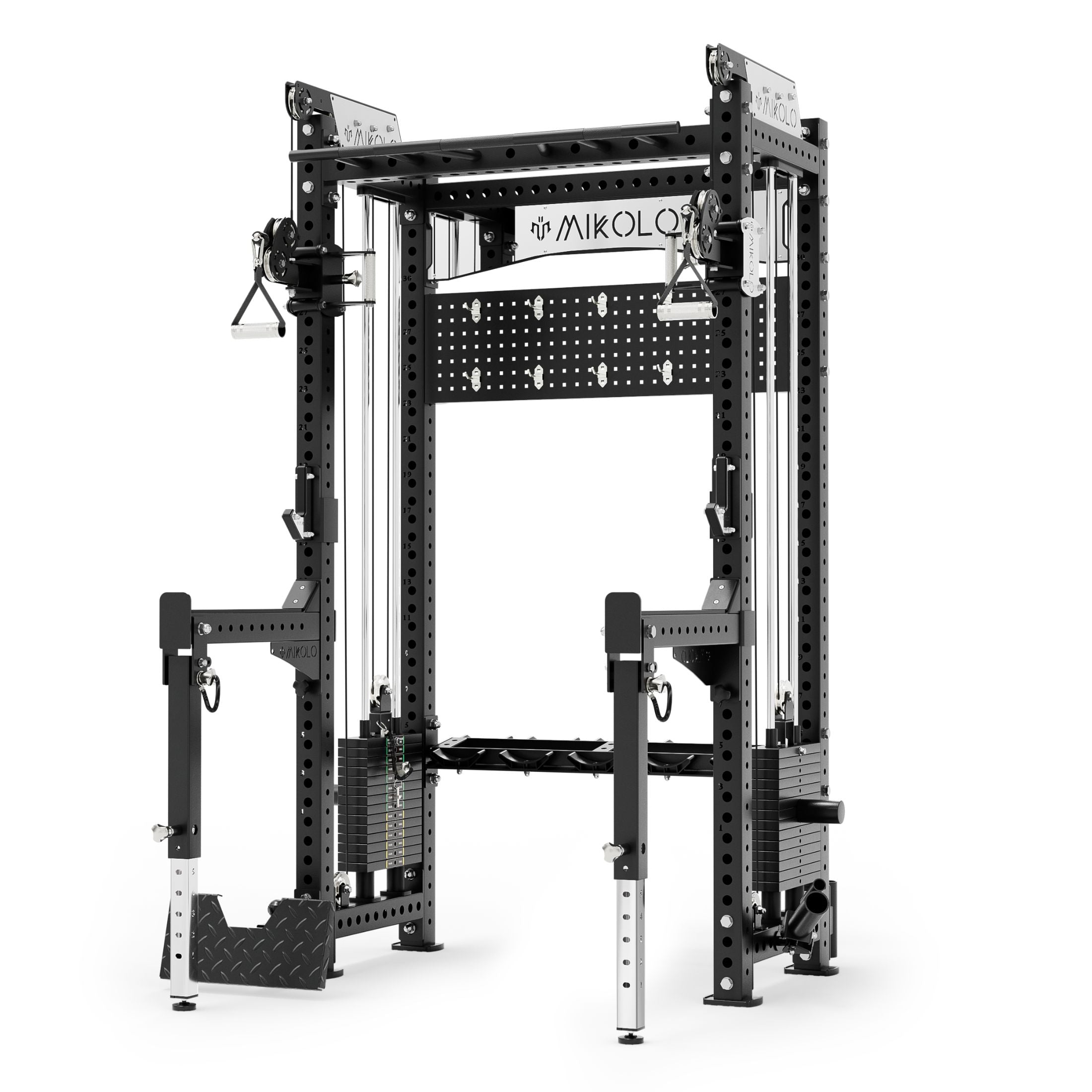
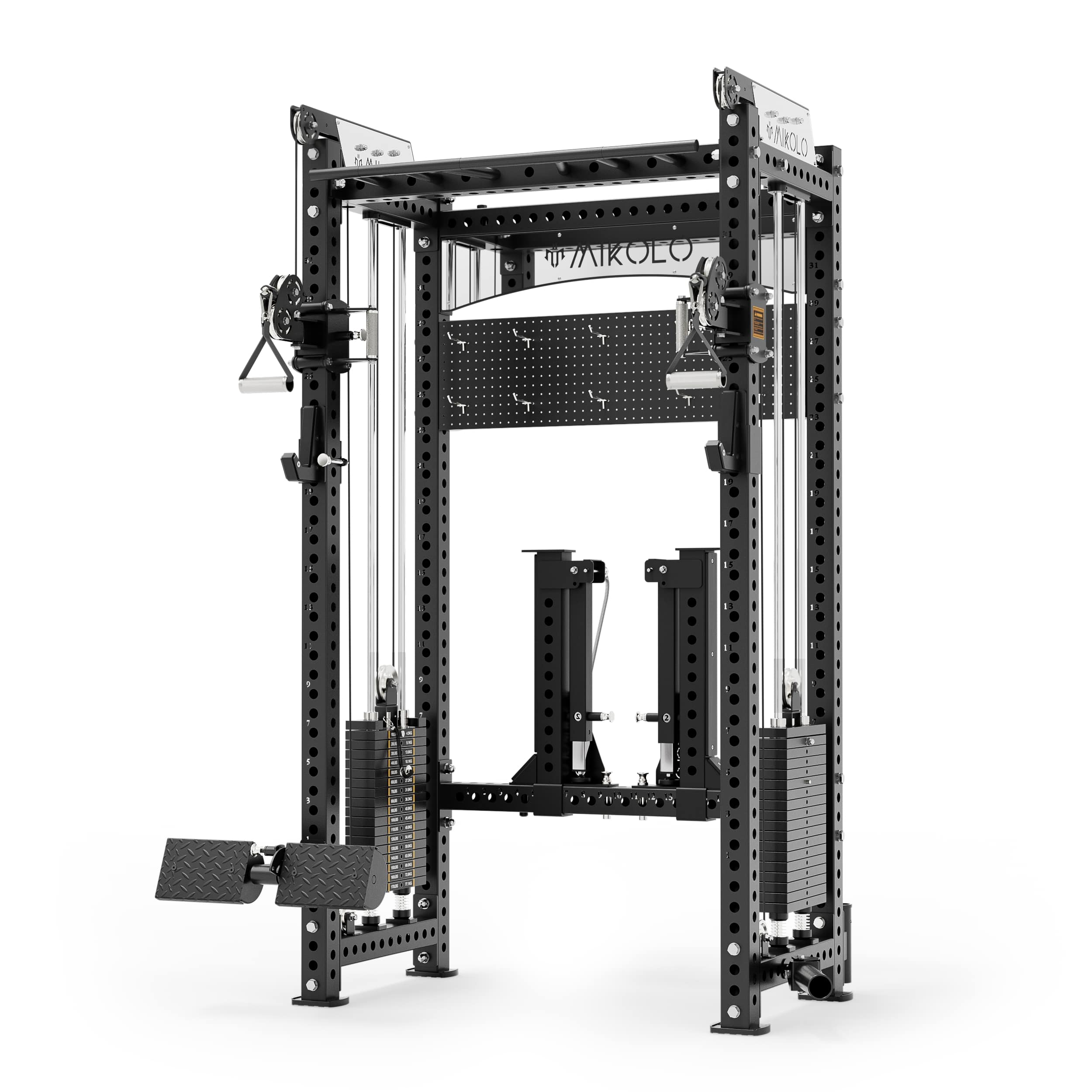
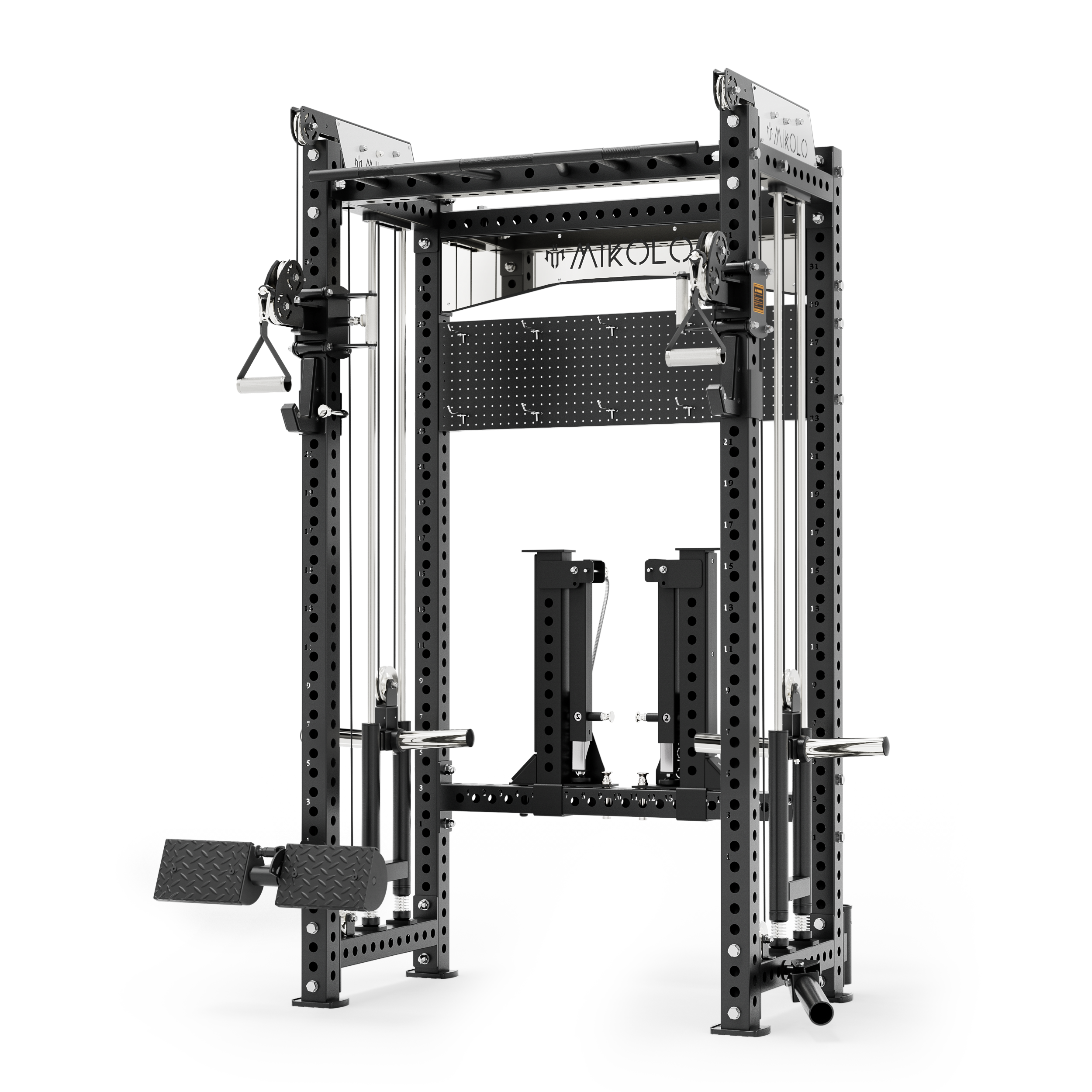


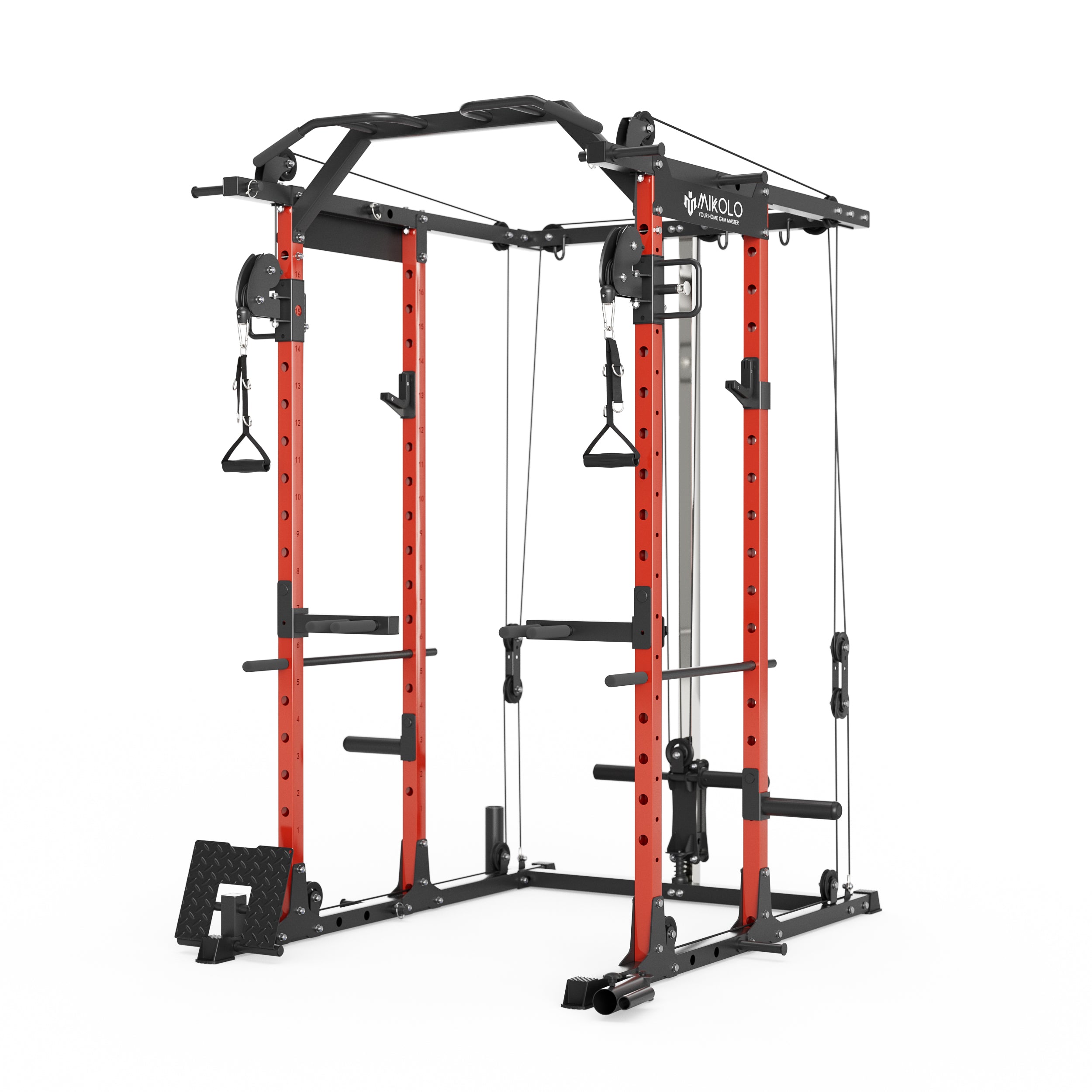
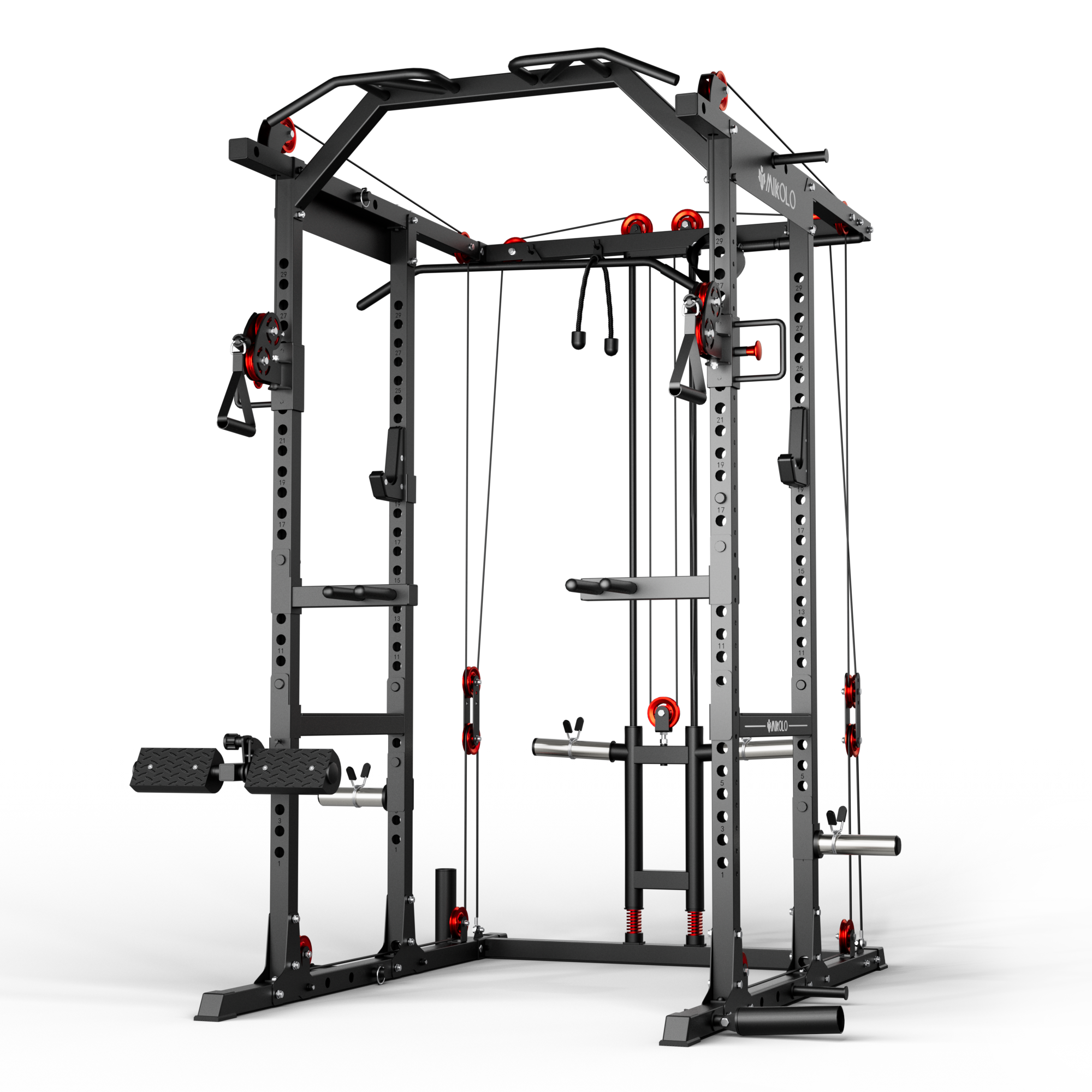



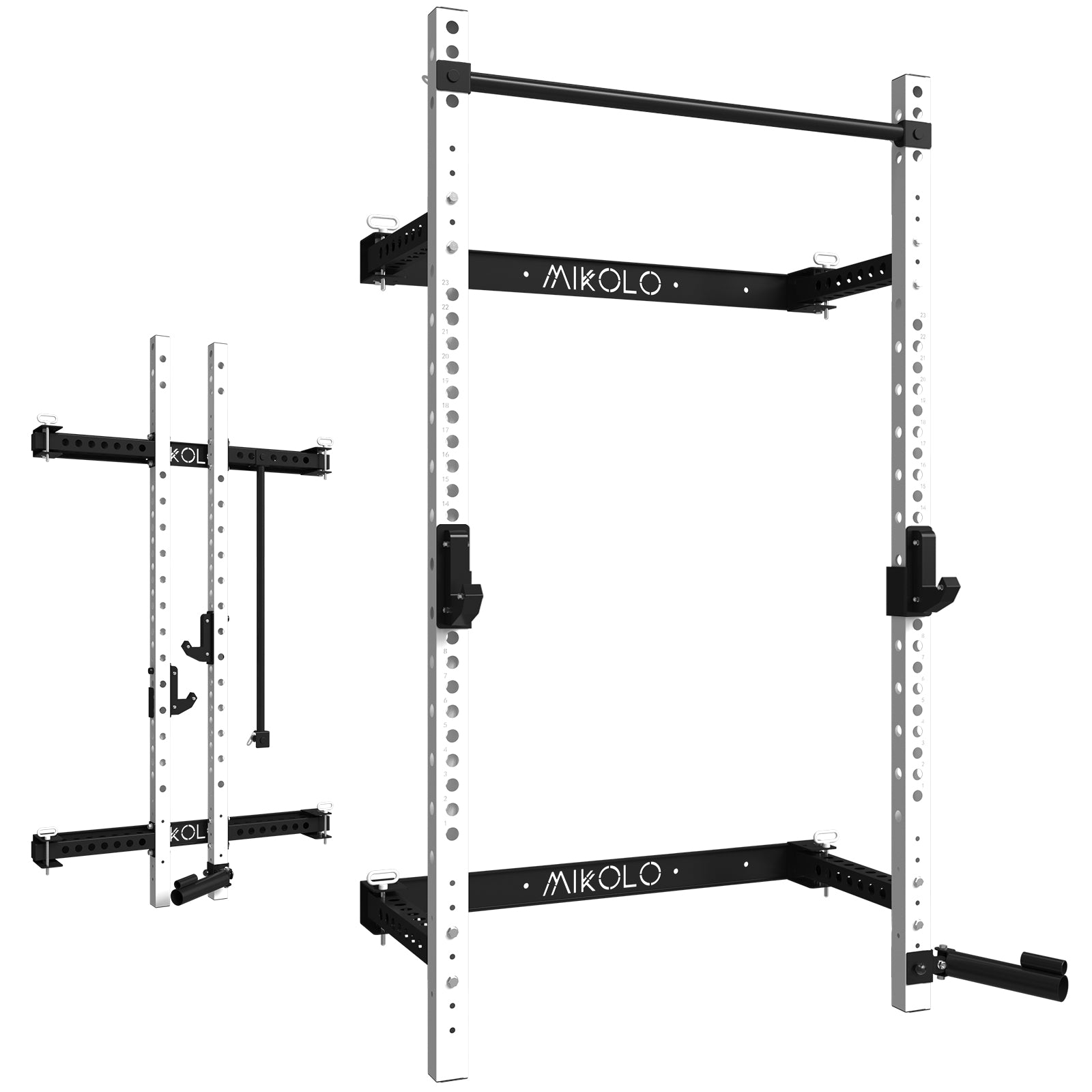

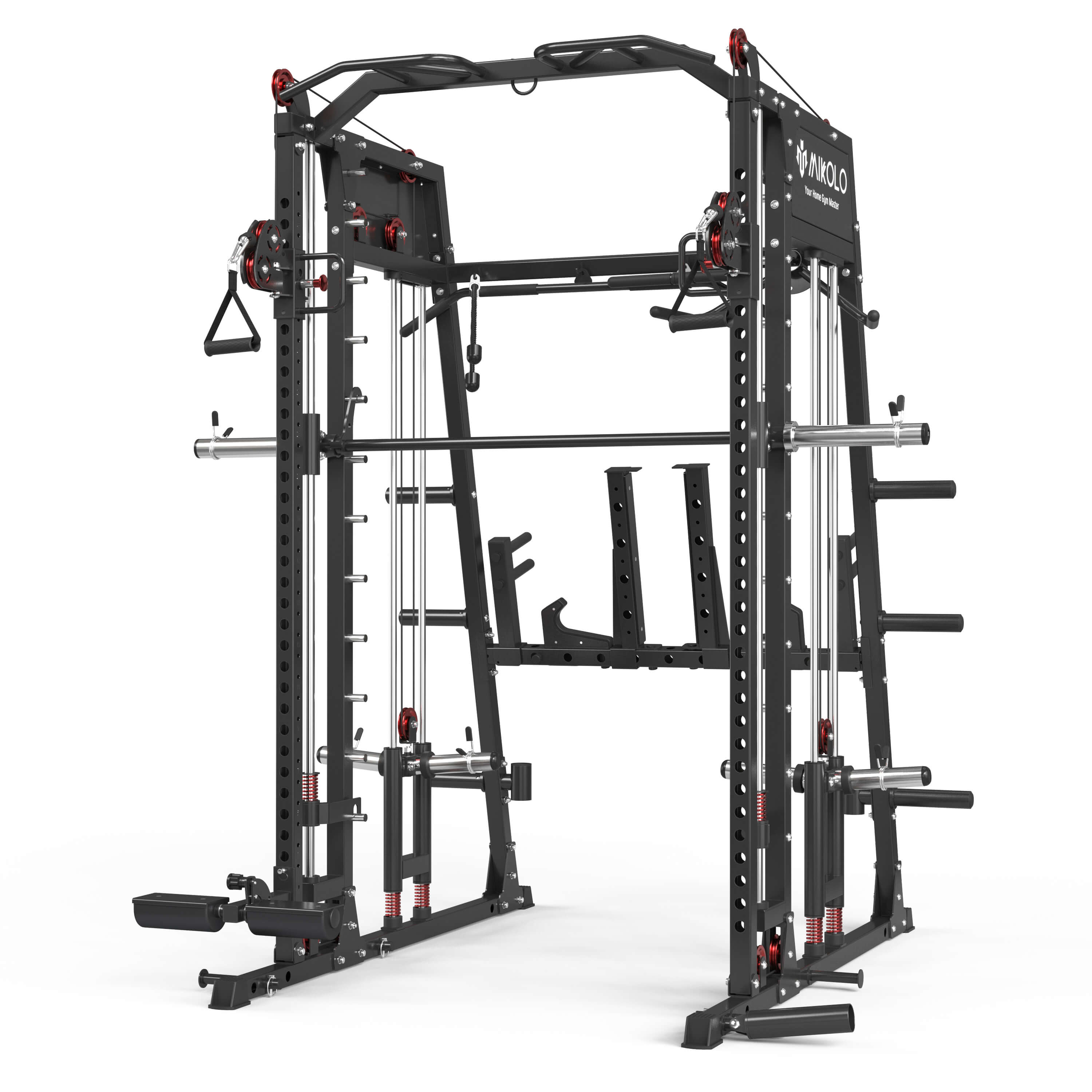
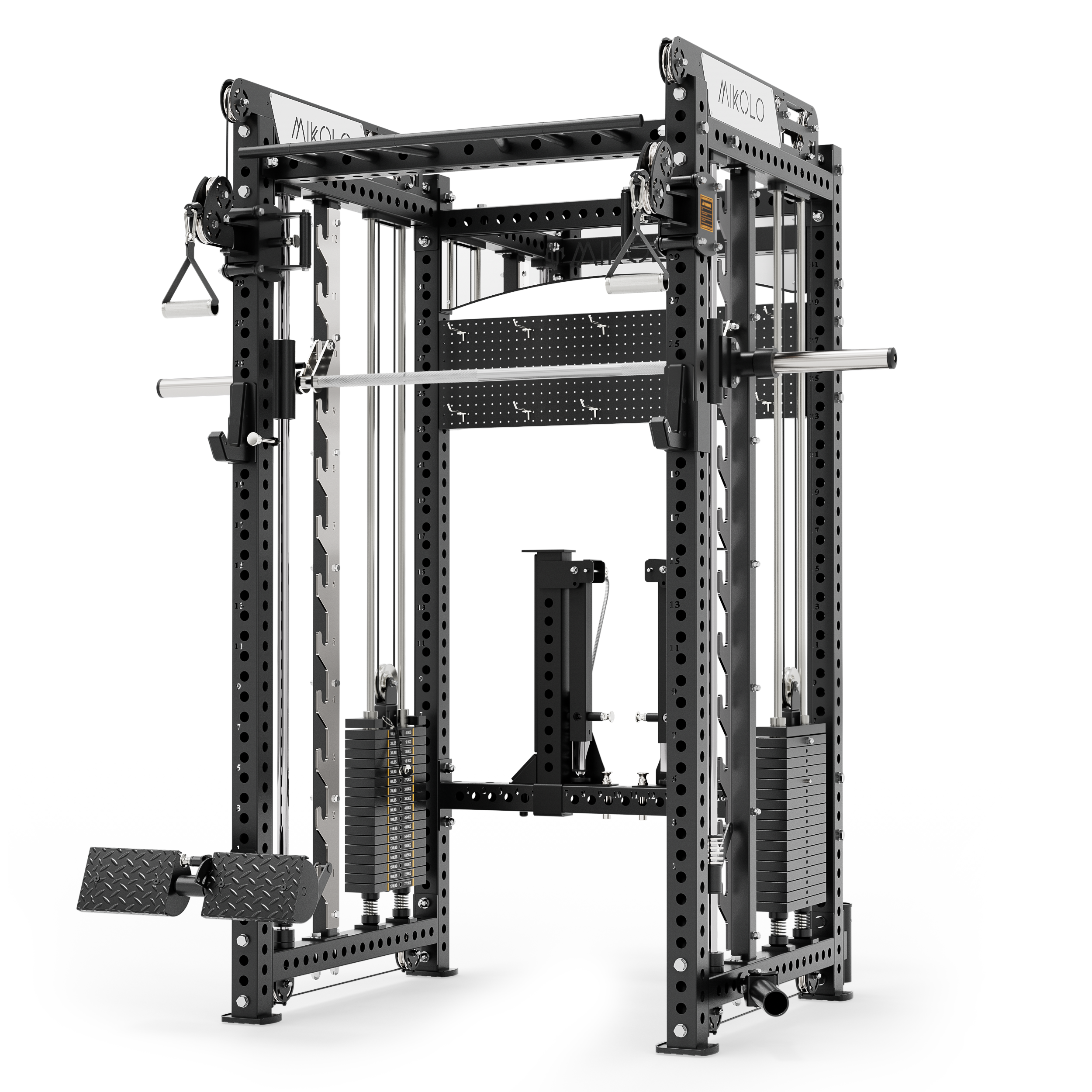
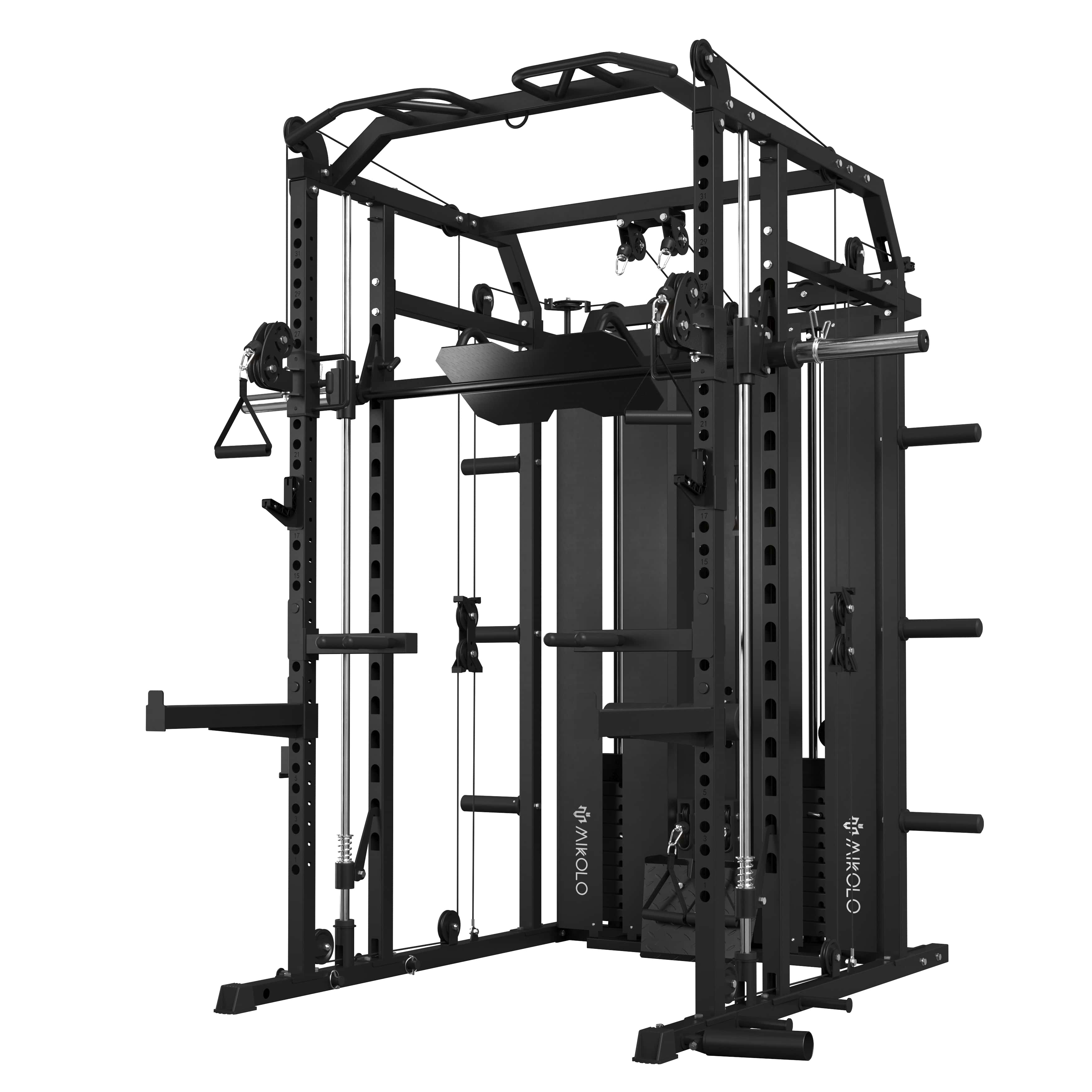




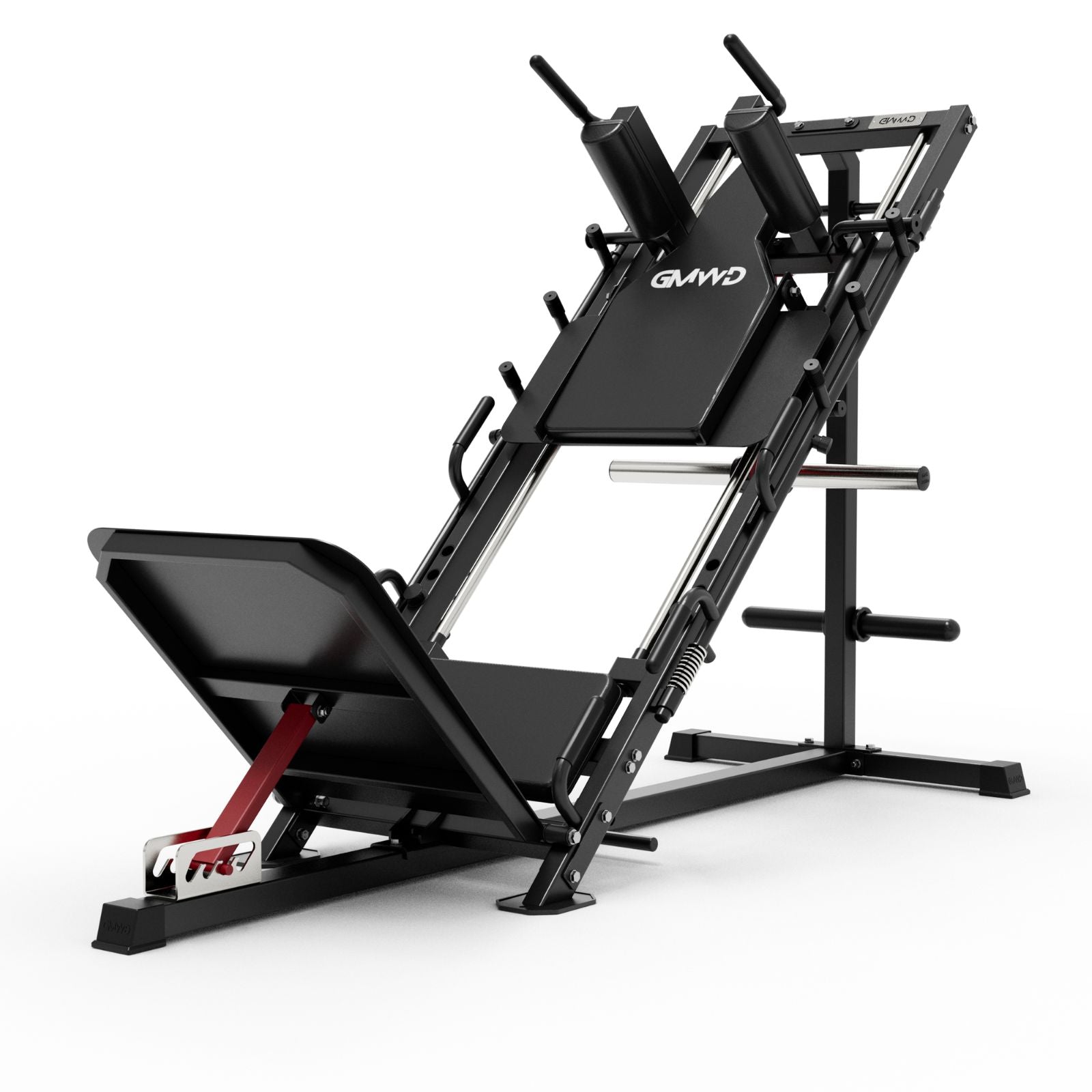


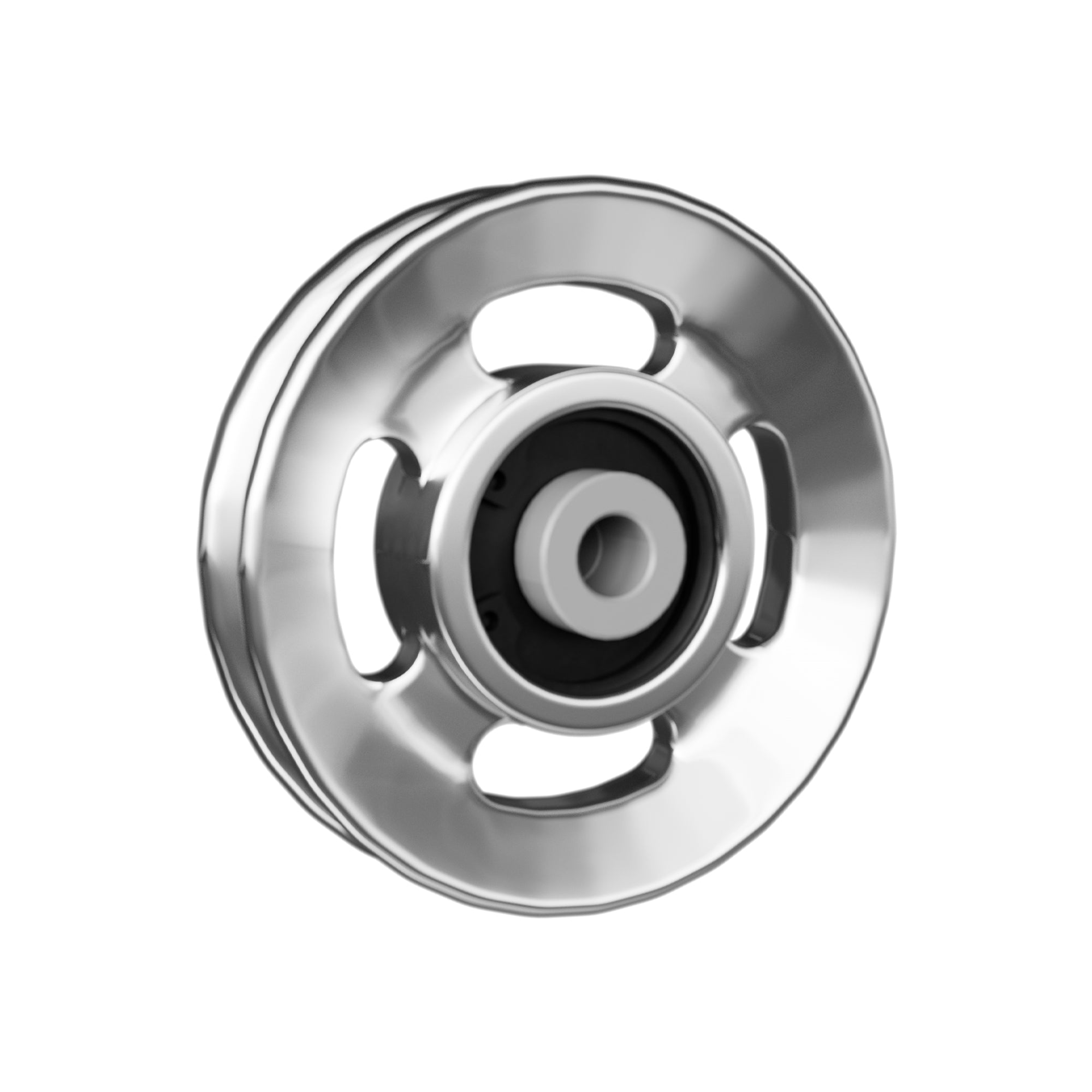


















Leave a comment
This site is protected by hCaptcha and the hCaptcha Privacy Policy and Terms of Service apply.